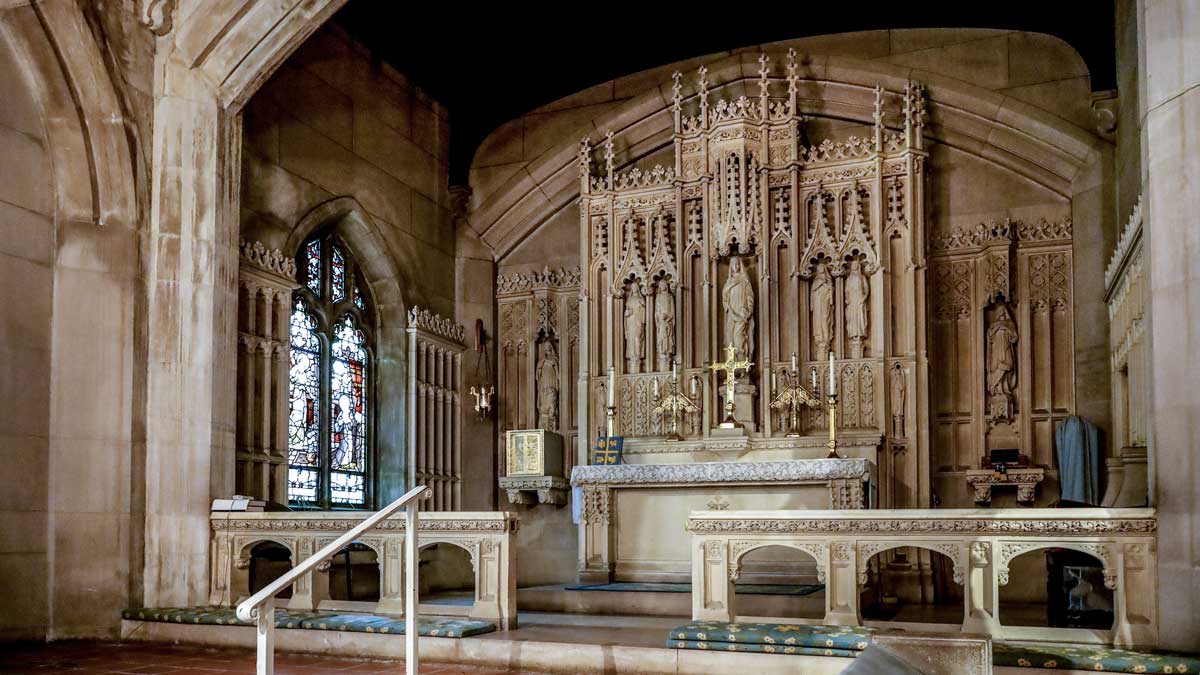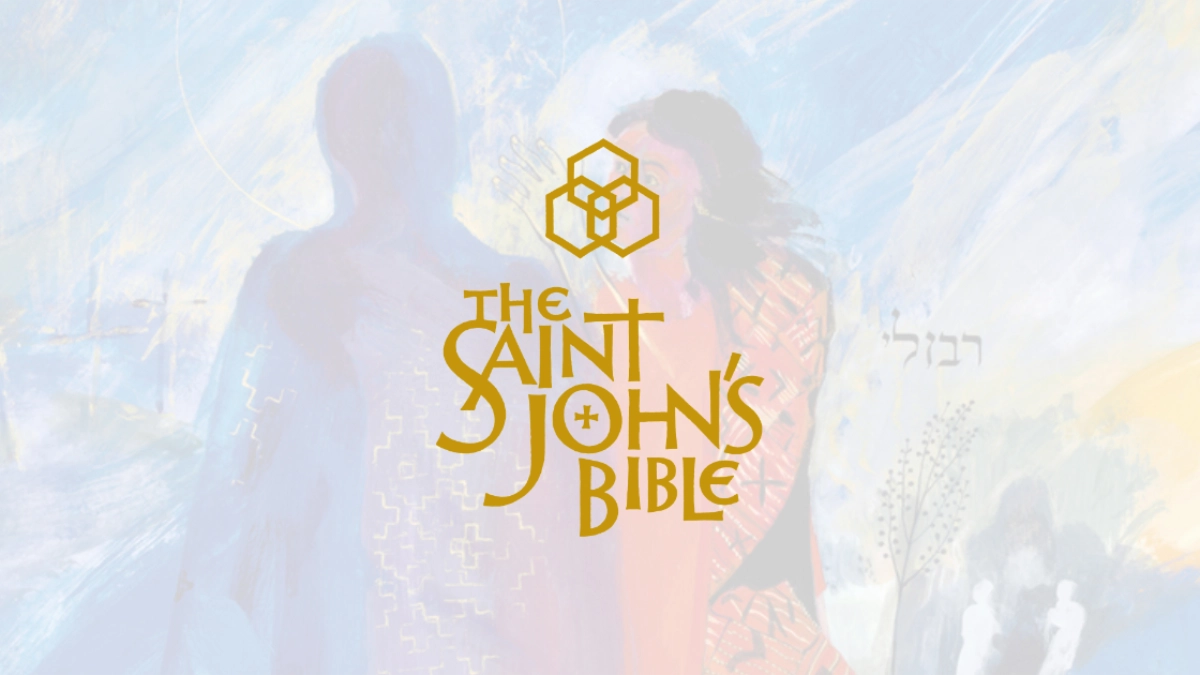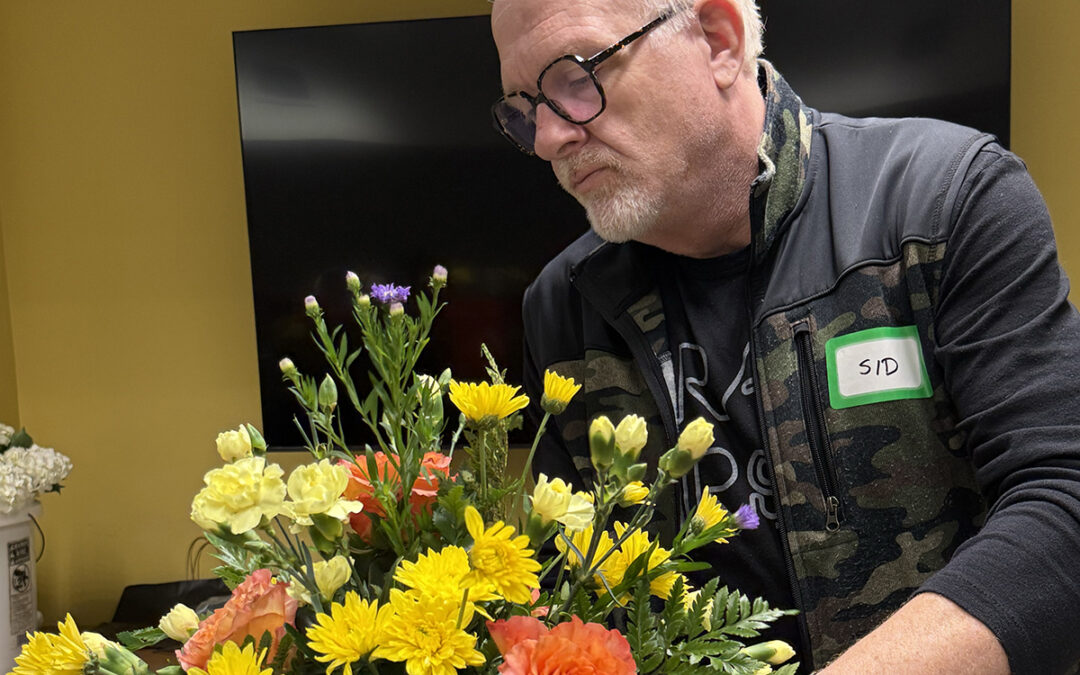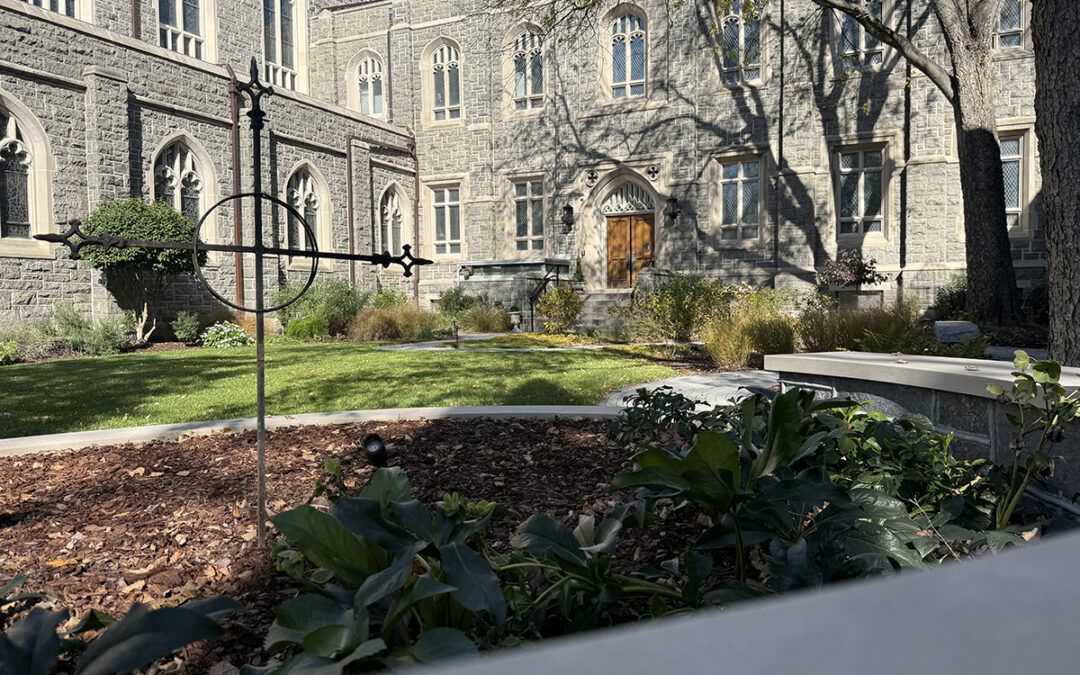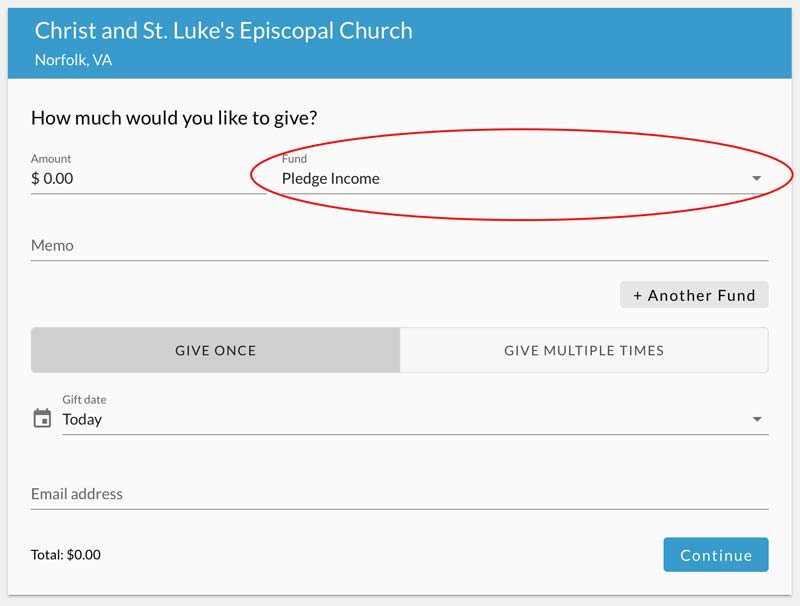- The Early Life of Francis of Assisi
- A Life-Changing Encounter: Francis and the Beggar
- War, Imprisonment, and Reflection: The Turning Point
- Pilgrimage and Divine Visions: St. Francis’ Spiritual Calling
- Renouncing Wealth: St. Francis Breaks Ties with His Family
- The Great Commission and the Mission of St. Francis
- A New Form of Religious Community
- An Unlikely Encounter: St. Francis and Pope Innocent III
- Final Days & Legacy
Much of the content below is adapted from the Wikipedia article on St. Francis by Fr. Vince Connery.
The Early Life of Francis of Assisi
The saint we know as Francis of Assisi was born around 1181, the son of an Italian father, Pietro di Bernardone, a well-to-do cloth merchant, and a French mother, Pica di Bourlemont, believed to have been a noblewoman from Provence.
His mother baptized him “Giovanni” (John), but his father called him by a nickname, “Francesco”— perhaps best rendered as “Frenchie”— reportedly related to Pietro’s business success in France and his love of French culture.
Francis grew up in a wealthy home, with indulgent parents, and entered young adulthood in the company of similarly pampered well-to-do young men. He was reportedly handsome, sociable, and always well-dressed, with affluent friends and a love of worldly pleasures, which he had plenty of money to pursue.
Francis was a fan of the troubadours, a popular entertainment phenom from the 11th to the middle of the 14th centuries that involved poetry and songs centered on themes of chivalry and courtly love. Later in life, Francis brought the troubadour spirit into another dimension in his own poetry and theology.
A Life-Changing Encounter: Francis and the Beggar
At some point in his early twenties, Francis had some experiences, both psychological and spiritual, that impacted him profoundly and permanently.
One of the first has him at the local marketplace one day, managing the fabrics booth for his father, and a beggar comes up and asks for alms. He may have waved off the beggar because he was in the middle of a sales negotiation, but once the deal was done, Francis felt a compelling impulse to quit his station and run after the beggar, and, when he found him, to give him every bit of money Francis had on him.
This happened publicly, and when word got around about it, his friends made fun of him and his father went ballistic (in a 13th century way).
War, Imprisonment, and Reflection: The Turning Point
This was a time when Italy consisted of many cities and counties and duchies and small kingdoms who often went to war with each other, which provided opportunities for young men on the make to make their mark as soldiers in the private armies of the counts and dukes and petty kings of the time.
Francis had a go at this and ended up a prisoner-of-war for a year, during which he experienced a bout of illness that precipitated some serious reflection on his life and how he was spending it.
After his release from captivity, he apparently returned to his old haunts and party-hearty lifestyle. But it soon turned stale for him, and after one more tour of military service, at age 24, he began to look elsewhere for meaning.
Pilgrimage and Divine Visions: St. Francis’ Spiritual Calling
Among other things, he joined a pilgrimage to Rome, and when he got there spent some time amidst the throngs of beggars who congregated daily outside St. Peter’s Basilica. Experiential learning.
He went out often into the woods around Assisi, where he spent long periods of solitude praying for divine guidance.
It was at this time that he reported his first vision of Christ. In an abandoned ruin of a chapel (San Damiano) where he had gone to pray, he experienced an icon of Jesus on the cross saying to him: “Francis, you see that my house is falling down; go and repair it for me.”
He understood this literally—that he should repair the ruined chapel in which he found himself at that moment.
Renouncing Wealth: St. Francis Breaks Ties with His Family
This encounter precipitated a chain of events that changed his life, with no going back.
Francis went to his father’s storehouse, got some expensive cloth, sold it, took the proceeds to the priest in charge of the chapel and offered it to the priest, to pay for the restoration of the building.
The priest, aware of how the money was gotten, declined to take it. Frustrated, Francis threw the money down on the ground and walked away.
Fearing his father, Francis hid out in a cave in the woods for a month. When he again showed his face in town, his father manhandled him, tied him up, and locked him in a storeroom.
While Pietro was out of town, Pica sprung her son from the closet, and he went straight back to the chapel where, this time, the priest offered him shelter.
When Pietro got home, he took Francis to court, where he demanded that Francis formally relinquish his inheritance as the penalty for his theft.
In the presence of the local bishop, who presided over the hearing, Francis renounced not only his inheritance.
He renounced his earthly father.
The legends say he took off all his clothes, laid them on the floor, and walked out the door. Some versions of the story say that the bishop followed Francis closely and put his episcopal cloak over his shoulders.
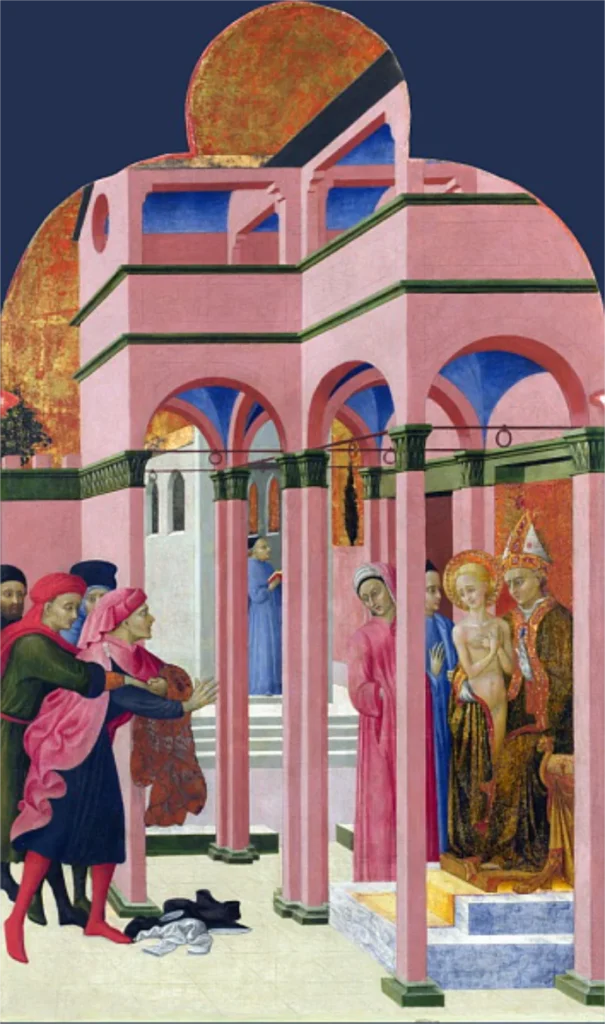
In the following months, Francis wandered the hills of Assisi as a beggar. He performed menial labor at a local monastery. He took to wearing cast-off clothing.
The story says he then went back to Assisi and began to beg for stones, which he himself carried out to San Damiano, where eventually he did actually rebuild the chapel.
Over the next several years, he took on a lifestyle focused on daily acts of humility and penitence, which included other chapel restoration projects in the area. He broadened his activity to include ministry in local leper colonies.
The Great Commission and the Mission of St. Francis
In February 1208, while Francis was attending mass one day, the gospel read was Matthew’s version of “the Great Commission”:
“Therefore go and make disciples of all nations, baptizing them in the name of the Father and of the Son and of the Holy Spirit, and teaching them to obey everything I have commanded you. And surely I am with you always, to the very end of the age.”
Matthew 28:19-20
It is said that this was the moment when his life’s purpose and vocation crystallized for Francis. He walked out of mass, put on the garb of a peasant, tied a rope around his waist, and set out to teach anyone (or any creature) within sight or voice range the gospel of repentance, conversion of life, and communion in love.
A New Form of Religious Community
In retrospect, Francis was pioneering a new type of formal “religious life” within western Christianity.
Prior to the 13th century, the only option for Christians seeking a more intensive, rigorous, dedicated life of discipleship, was monasticism.
You could be a hermit, living alone somewhere, or join a monastic [the word means “solitary”] community of monks or nuns living in an enclosed environment — “away from the world”— focused on individual spiritual growth toward perfection.
Francis, in his (usual) spontaneous way, created a new model for proclaiming the gospel (by both word and example): by walking around.
He “founded” everything he did on embracing evangelical poverty — in imitation of Christ, “who, though he was in the form of God, did not count equality with God a thing to be grasped, but emptied himself, taking the form of a servant…” (Philippians.2:7).
He preached a literal [some would—and did—say, naïve] reading of the gospels: the beatitudes; the lilies of the field; “If you would be perfect, go, sell what you possess and give to the poor, and you will have treasure in heaven; and come, follow me;”
“Take nothing for your journey, no staff, nor bag, nor bread, nor money; and do not have two tunics. . . ;
“Whoever wants to be my disciple must deny themselves and take up their cross and follow me.”
As he gradually attracted companions who joined him in his new kind of evangelism, he composed a rule for their community in one sentence:
“Follow the teachings of our Lord Jesus Christ and walk in his footsteps.”
An Unlikely Encounter: St. Francis and Pope Innocent III
In 1209, in one more spontaneous impulse, Francis took his 11 (at the time) companions off to Rome, to ask the pope for formal recognition as a religious order of the Church.
There is some irony at play in this part of the story.
The pope at the time, Lotario dei Conti di Segni, bore the regnal (papal) name, “Innocent.” This, so to speak, “brand,” belied the fact that he was one of the most sophisticated and politically adept popes of the Middle Ages, and a major player in the secular power politics of Europe during his entire time in office.
Into his splendid presence came Francis and his brothers of a day.
A contemporary account of this encounter reads as follows:
The pope gazed fixedly on the ill-favored mien of the aforesaid brother, his mournful countenance, lengthened beard, his untrimmed hair, and his dirty, overhanging brow, and when he heard his petition read which it was so difficult and impracticable to carry out, despised him, and said, “Go, brother, go to the pigs, to whom you are more fit to be compared than to men, and roll with them, and to them preach the rules you have so ably set forth.”
Francis, on hearing this, bowed his head and went away, and having found some pigs he rolled with them in the mud till he had covered his body and clothes with dirt from head to foot; he then, returning to the consistory, showed himself to the pope, and said, “My lord, I have done as you ordered me; grant me now, I beseech you, my petition.”
The pope was astonished when he saw what he had done, and felt sorry for having treated him with contempt, at the same time giving orders that he should wash himself and come back to him again; he therefore cleansed himself from his dirt, and returned directly to the pope.
The pope, being much moved, then granted his petition and after confirming his office of preaching as well as the order he applied for, by a privilege from the Church of Rome, he dismissed him with a blessing.”
From The Oxford Book of Days, paperback version, by Bonnie Blackburn and Leofranc Holford-Strevens, First published 2000, by Oxford University Press. Page 403.
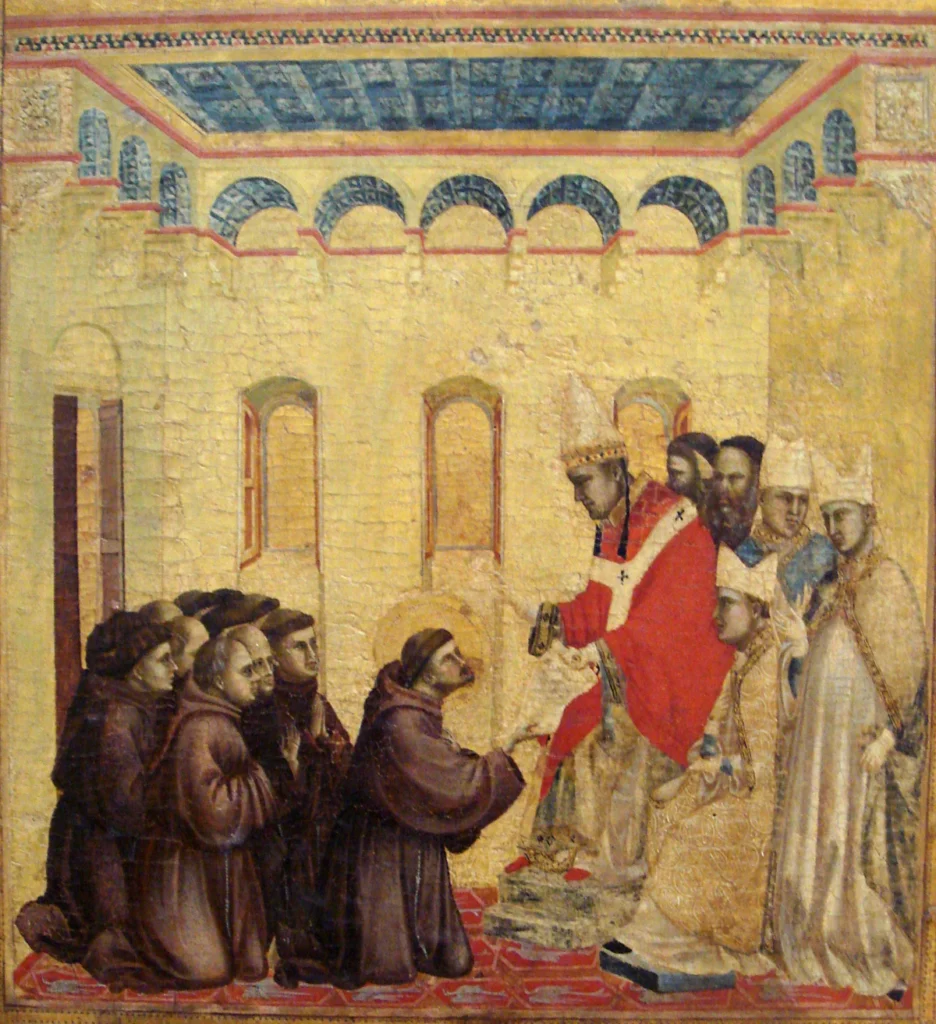
Some sources claim
that Innocent was driven to this action
by a dream he had
where he saw Francis holding up the Basilica of St. John Lateran,
which is the cathedral church of the city of Rome.
Perhaps.
OR,
might it more likely have followed
from a terrible sinking feeling
in the pit of the pope’s stomach
at the thought of how the Christian faithful might react
to a declaration,
by the Vicar of Christ himself,
that
following Jesus is impossible?
Final Days & Legacy
Unlike the enclosed, stable, and in many cases quite wealthy and powerful monastic institutions, or the standard benefices of parish priests, the community Francis gathered around himself held no property and depended completely on the charity of others for all their basic needs.
He thus set in motion the creation of what came to be called the “mendicant” [the word means “begging for alms”] orders of the church.
At least initially, Franciscans did not seek ordination, which was not really part of their core vocation or mission. Francis himself, at the insistence of others, was ordained a deacon [which allowed him to preach in churches], but he declined ordination to the priesthood, protesting that he was unworthy of such status.
Franciscans designate themselves “friars,” which translates, “brothers.”
Francis died on October 3, 1226, at age 44, likely from some form of (mosquito-borne) malaria.
Among his recorded final words:
“Let us begin, brothers,
to serve the Lord God,
for up to now
we have made little or no progress.”




